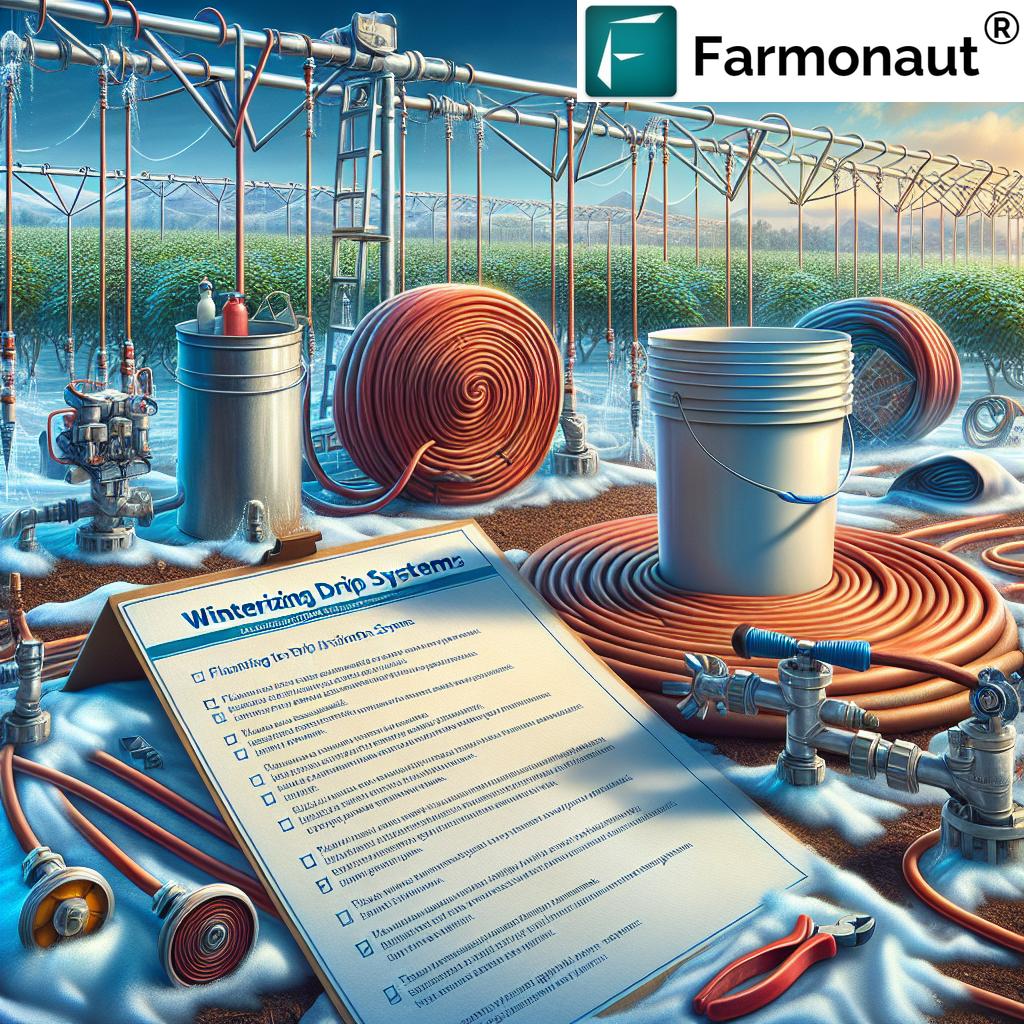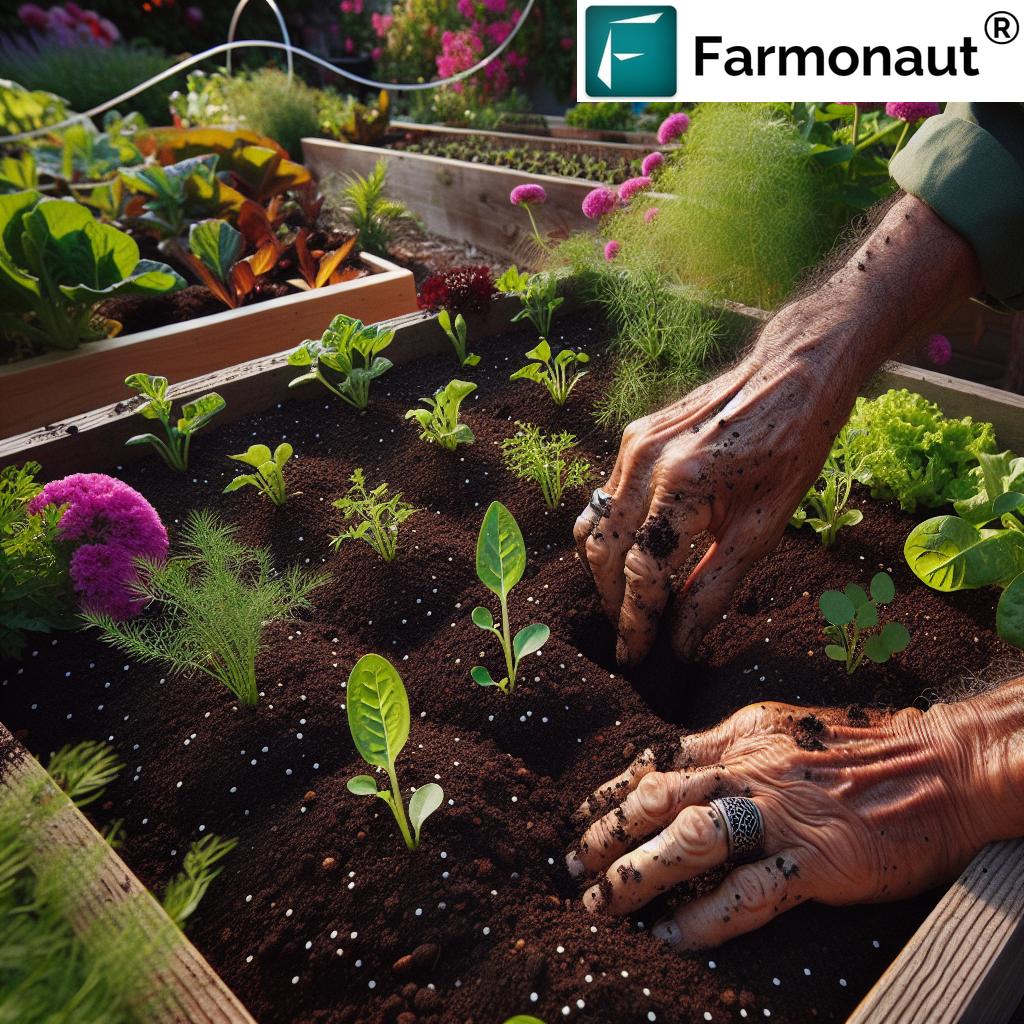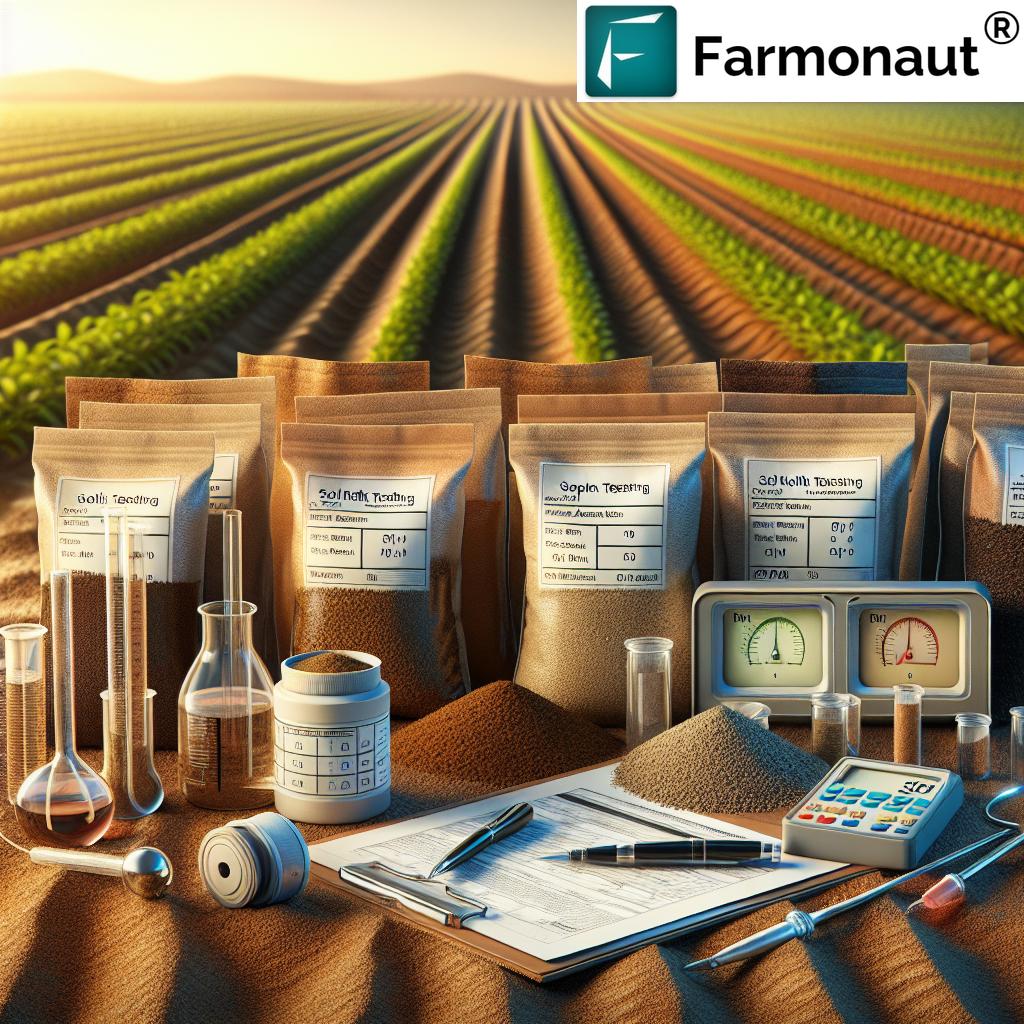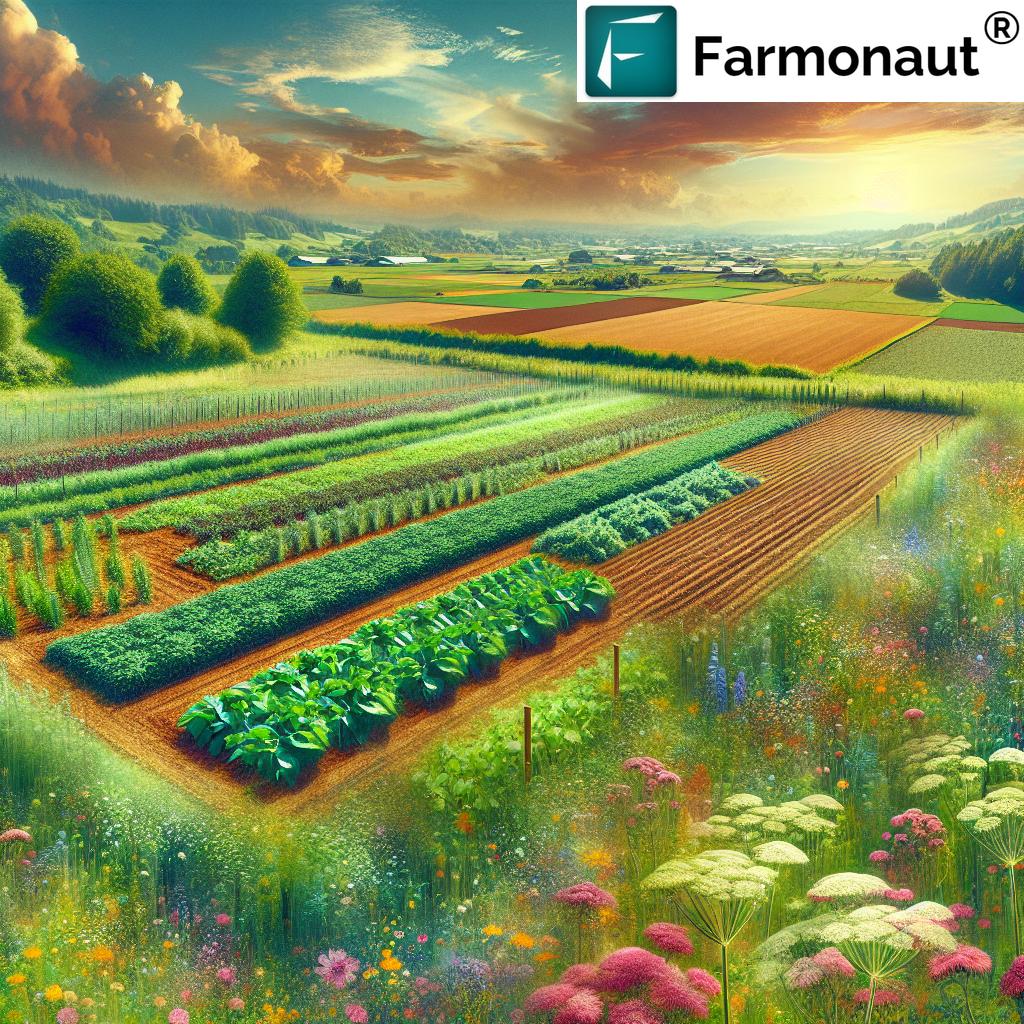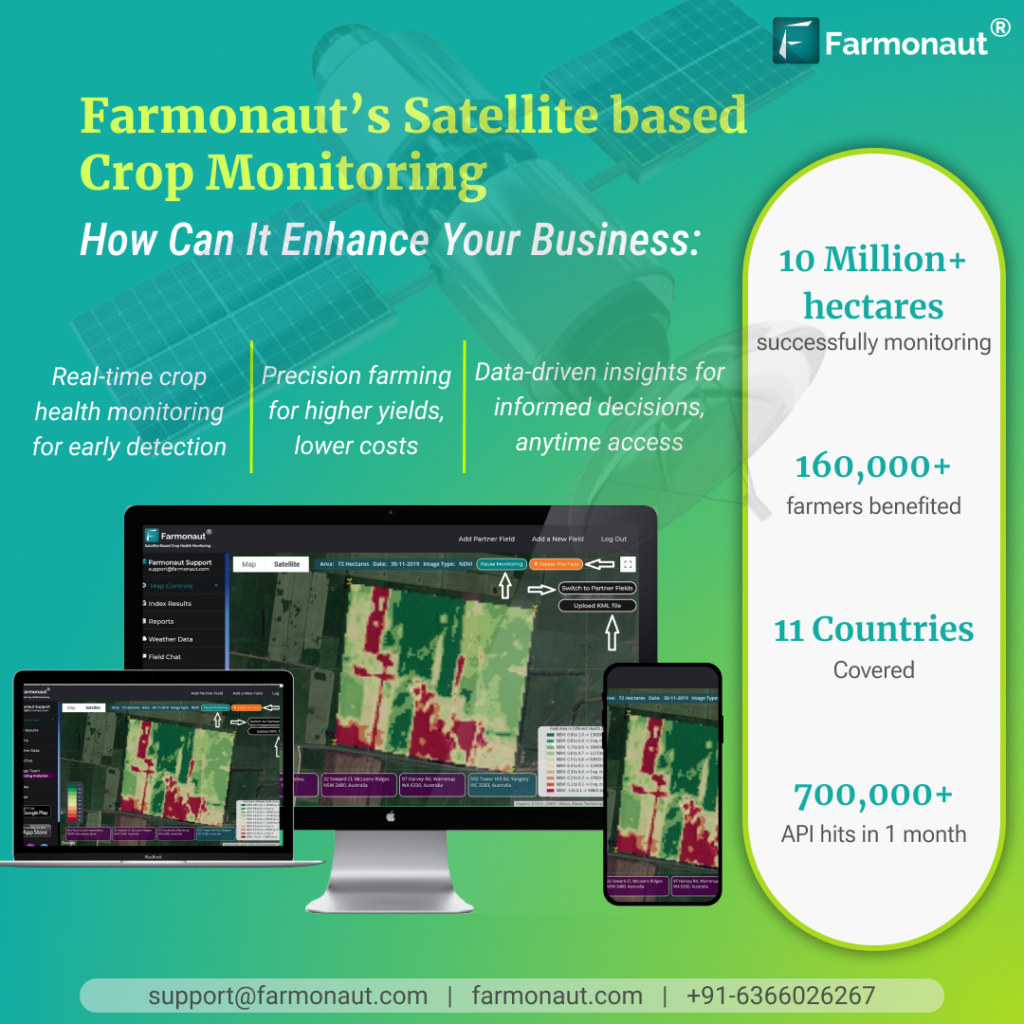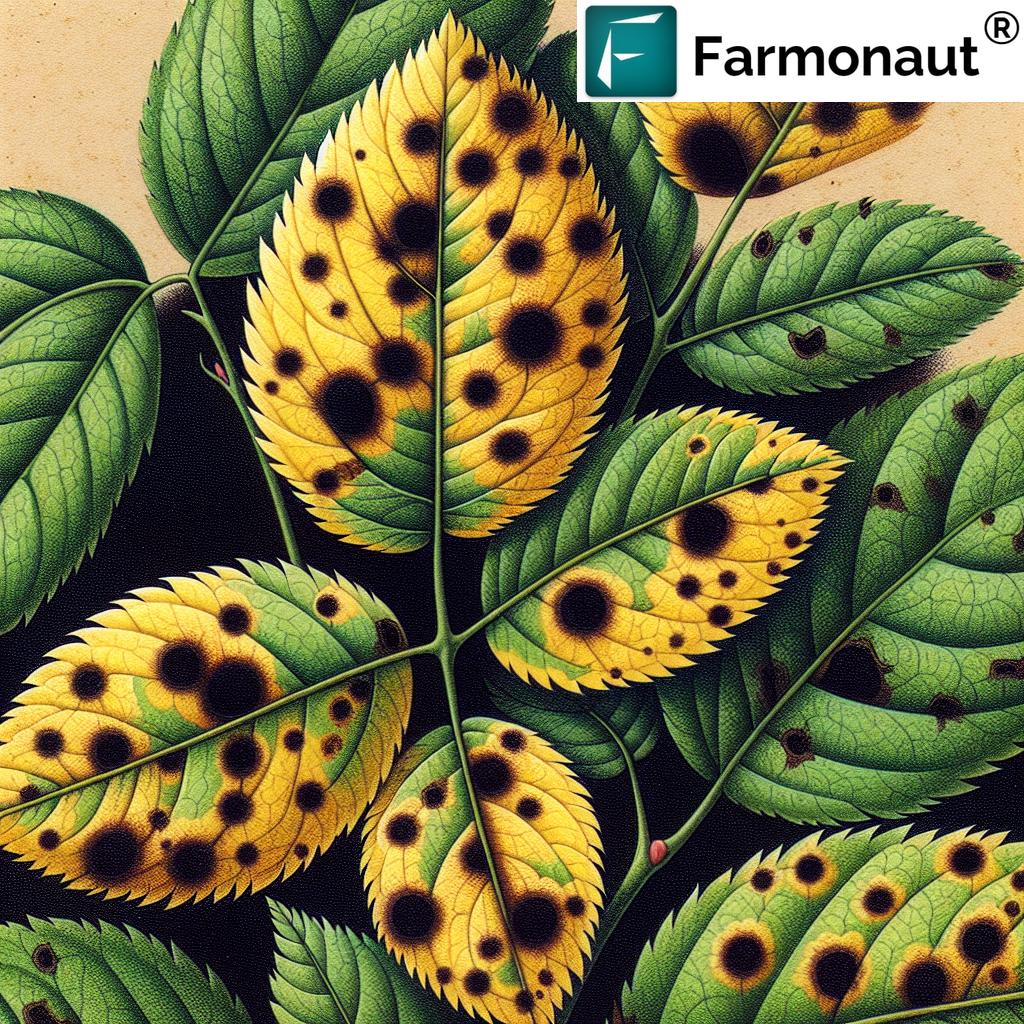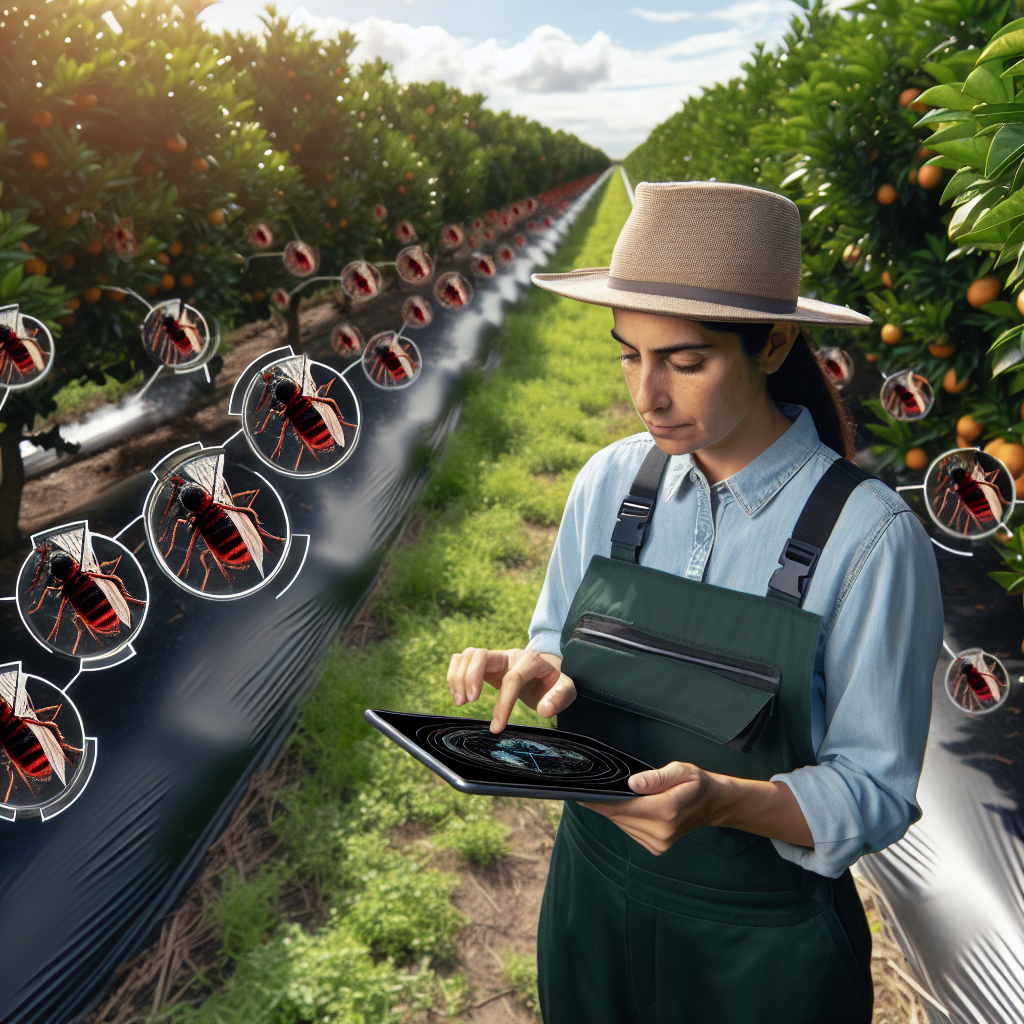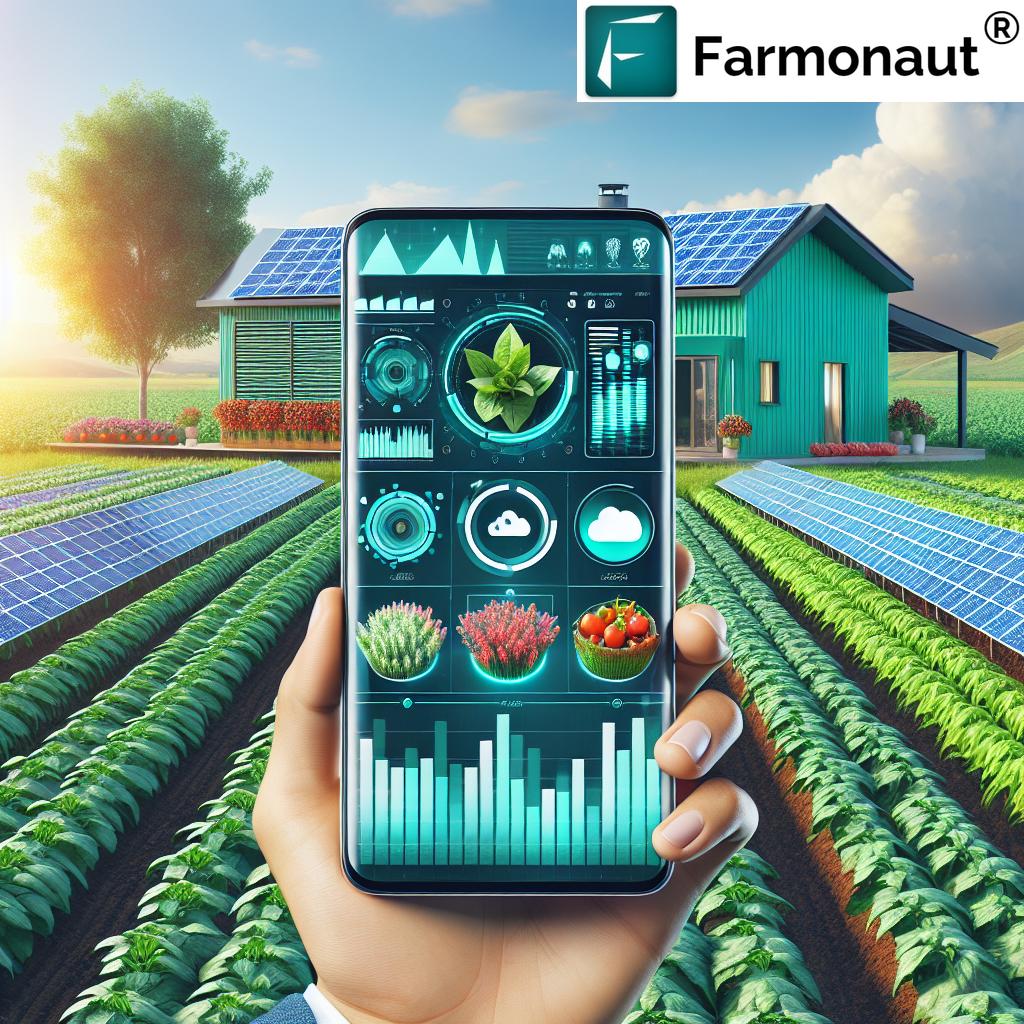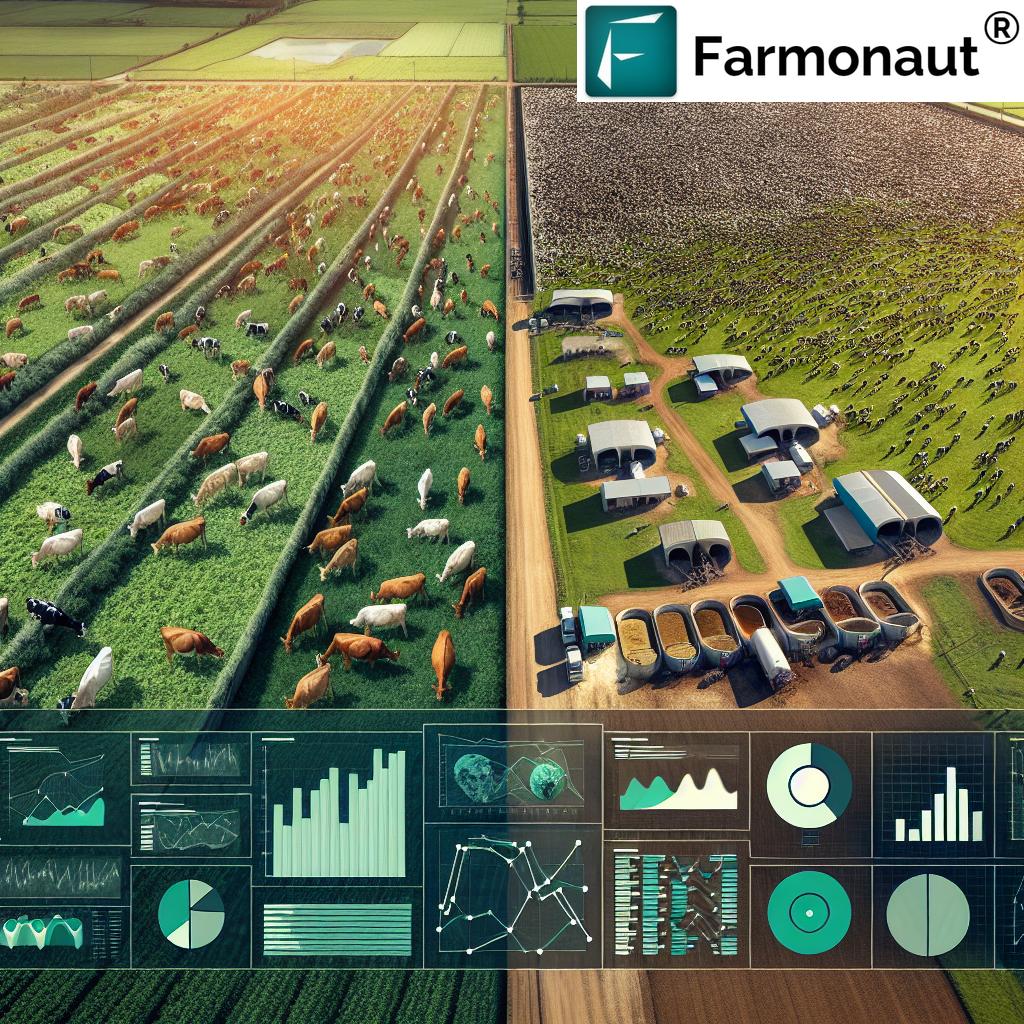Irrigation Winterization: 7 Shocking Steps You Must Try
Meta Description: Irrigation winterization is essential to prevent freezing, protect irrigation systems, and ensure smooth farming operations—discover the 7 steps you can’t skip!
Irrigation Winterization in Agriculture, Farming, and Forestry
As the growing season draws to a close, all of us in the agricultural, farming, and forestry sectors face a crucial task—preparing our irrigation systems for the harsh winter. If we overlook irrigation system winterization, we risk catastrophic failures due to freezing water, leading to cracked pipes, broken valves, and damaged pumps. By prioritizing proper winterization, we safeguard our investment, ensure smooth operations next season, and prevent costly repairs. This comprehensive guide walks us through actionable steps, innovative techniques, and the technology best suited for winterizing irrigation systems of every scale.
“Did you know? Over 50% of irrigation system failures in winter are due to improper winterization steps.”
Table of Contents
- Why Irrigation Winterization Matters
- The 7 Shocking Steps: Agricultural Irrigation Winter Preparation
- Step-by-Step Winterization Checklist Table
- Tailored Irrigation System Freeze Protection Tips
- Empowering Winterization with Farmonaut Technology
- Advanced Winter Irrigation System Maintenance Tips
- FAQ: Your Irrigation Winterization Questions Answered
- Conclusion
Why Irrigation Winterization Matters for Farming, Forestry, and Agriculture
Every year, as temperatures drop and winter approaches, we must focus not just on ending the growing season but also on safeguarding our resources for spring. Water left inside irrigation systems during a freeze expands, often shattering pipes, damaging valves, and rendering essential components inoperable. Such avoidable winter damage not only halts operations but demands expensive, time-consuming repairs and replacements.
Let’s break down why irrigation winterization is so important for us:
- Prevents pipe cracks and burst valves caused by frozen water expansion
- Reduces chances of malfunctioning pumps and controls
- Minimizes operational downtime at the start of the next planting season
- Protects your long-term investments in irrigation equipment
- Lowers annual repair expenses and extends component lifespan
- Ensures compliance with best practices, especially for large-scale agricultural operations
In short, winterizing irrigation systems is not just a routine—it’s a proactive strategy that saves us money, protects our investments, and keeps our farms running efficiently year-over-year.
Learn about efficient large-scale farm management powered by satellite insights, ideal for managing resources like irrigation year-round.
Irrigation Winterization: 7 Shocking Steps You Must Try
We’ve compiled our 7 essential steps for irrigation system winterization. These steps apply to all farming, forestry, and agri-business operations, whether we run center pivots, drip lines, or traveling irrigators. Let’s make sure no component is overlooked—protecting every investment as freezing temperatures approach!
“Blowing out irrigation lines with compressed air at 50-80 PSI can prevent costly freeze damage each winter season.”
Step 1: Shut Off the Main Water Supply
The very first defense in any irrigation winterization process is to turn off the main water supply. We should locate our main valve (sometimes also referred to as a supply or isolation valve) and close it securely. This prevents water from entering and sitting in our pipes, which can freeze and expand, causing cracks and leaks.
Tip: If our system serves multiple zones, verify that ALL supply valves are completely closed before proceeding with further steps.
Step 2: Drain All Irrigation System Components
With the water supply off, we need to remove all remaining water from lines, pipes, filters, valves, pumps, and sprinklers. Standing water, even in small pockets, will freeze and severely damage both plastic and metal parts. Depending on the size and layout of our system, we can:
- Open manual drain valves at low points to allow gravity drainage
- Use a high-volume air compressor to blow residual water out of lines (recommended for large or commercial systems)
- Disconnect any detachable hoses and timers, draining their contents completely
Safety Note: Use proper pressure settings (50-80 PSI) for air compressors to avoid damaging pipes or system components during blow-outs. It’s crucial to prevent irrigation pipe freeze using this step.
Step 3: Inspect and Clean All Parts and Filters
Before closing up for the season, examine every part, valve, and pipe for leaks, wear, or signs of malfunction. Clean out filters, flush the lines, and remove any debris or sediment that may have collected over the growing season. Cleaning and inspecting now reduces headaches later—catches potential issues before they worsen, and ensures a smoother transition to spring.
Focus points include:
- Remove and clean all clogged filters and screens
- Inspect for cracked or damaged pipes
- Check for leaks at connections and valves
- Assess the condition of sprinklers and emitters
Step 4: Protect Exposed or Above-Ground Components
Components like backflow preventers, above-ground pipes, exposed valves, meters, or pressure regulators are highly susceptible to freezing. To protect irrigation equipment from freezing, insulate these vulnerable parts:
- Wrap exposed pipes and valves in insulation foam or specialized covers
- Use insulating tape for joints and tight areas
- Secure protective covers around backflow preventers and other sensitive hardware
- Avoid leaving electronics (timers, sensors) exposed to the elements
Step 5: Store Removable Equipment and Hoses
Whenever possible, remove and store detachable items like hoses, timers, and portable sprinkler heads. Keep them in a dry, insulated, and sheltered location over winter to avoid exposure to freezing, UV radiation, and rodent intrusion, which can chew on hoses and wiring.
Storing these components extends their operational life and ensures they’re ready to go for the next growing season.
Step 6: Document Your Winterization Process
Before leaving our irrigation system for the winter, it’s wise to record each action taken. Detailed documentation will help with troubleshooting in spring and support ongoing winter irrigation system maintenance.
- Record the date each winterization step was completed
- Note any issues or potential repairs needed
- Keep a checklist for reference next season
Step 7: Review and Secure the Entire System
Once all above steps are complete, perform a final walk-through. Verify all valves are shut, lines are clear, and equipment is secured against tampering or accidental use. For agricultural and forestry operations, make sure center pivots, motors, and gearboxes are serviced and inaccessible to animals or unauthorized personnel.
With the 7 main steps above, we can confidently say our irrigation systems are ready to survive the winter unscathed!
Step-by-Step Winterization Checklist Table
To streamline the winterization process, here’s a detailed table outlining the recommended steps, estimated completion times, required tools/materials, and the specific system components protected at each stage. This practical checklist makes each task actionable for every farm scale:
| Step Number | Description | Estimated Time (minutes) | Required Tools/Materials | Component Protected |
|---|---|---|---|---|
| 1 | Shut off main water supply valves | 5 | Adjustable wrench, valve handle | Pipes, valves, main system |
| 2 | Drain all lines, pipes, and hoses; blow residual water with air compressor | 30-60 | Air compressor (50-80 PSI), drain keys, bucket | Pipes, valves, joints |
| 3 | Inspect and clean filters, valves, and nozzles | 40 | Filter brush, cleaning solution, replacement washers | Filters, emitters, valves |
| 4 | Insulate exposed parts (pipes, valves, backflow preventers) | 30 | Pipe insulation foam, tape, covers | Above-ground system parts |
| 5 | Remove and store hoses, timers, and portable equipment | 15 | Storage bins, labels | Hoses, timers, portable sprinklers |
| 6 | Document winterization with checklist and notes | 10 | Notebook/app, camera | Maintenance tracking |
| 7 | Final review and secure system (rodent-proofing, locking controls) | 20 | Locks, rodent mesh, warning tags | Overall system integrity |
Bookmark and print this checklist for every irrigation system winterization season!
Need to integrate weather data for advanced winter irrigation planning? Explore Farmonaut’s Weather API for real-time, developer-friendly solutions. For detailed instructions, check out our API documentation here.
Tailored Irrigation System Freeze Protection Tips for All Applications
While the seven winterization steps apply universally, each system in agriculture—whether pivot, drip, or traveler—has unique needs. Here’s how we adapt our approach to each technology:
Center Pivot Winterization Checklist
- Run system dry using manual or automatic controls
- Blow out lateral lines with low-pressure air
- Drain end-guns, towers, and central pipes
- Lubricate gearboxes and inspect motors
- Secure all hatches and access points to prevent rodent intrusion
- Check for uneven water distribution—fix before shutdown
Tip: When conducting center pivot winterization, always record meter readings and inspect electrical enclosures!
Winterizing Drip Irrigation Systems
- Flush lines with clean water to remove soil and debris
- Perform a chlorination flush to kill algae and bacteria
- Open all line ends, valves, and filters for complete draining
- Store removable filters and emitters in a dry area
Expert tip: Drip irrigation’s small pipes are very prone to ice blockage—never skip the flush and drain step!
Preparing Traveling Irrigators and Big Gun Systems
- Disconnect, drain, and roll up all hoses
- Unhook end couplers and allow excess water to drain
- Open water drive pistons and pumps to empty
- Store hand-held or removable nozzles in a sheltered location
Maintenance idea: During downtime, clean movable parts and lubricate for easy spring startup.
Explore Farmonaut’s advisory for crop plantation and forest operations for technology-backed, weather-adaptive irrigation scheduling.
Satellite insights help us spot soil moisture anomalies for optimal agricultural irrigation winter preparation. Want better yield? Discover Farmonaut’s carbon footprinting dashboard for environmental tracking and sustainable irrigation planning in your operation.
Empowering Winterization with Farmonaut Technology
Advanced irrigation system freeze protection tips now require tech-driven, data-informed solutions. That’s where we recommend the Farmonaut platform. Here’s why:
- Satellite-based crop and soil moisture monitoring flags freeze-prone regions of your farm
- AI-based Jeevn advisory identifies optimal winterization windows based on local weather trends
- Automated fleet and equipment tracking reduces forgotten components in the field
- Blockchain-powered traceability ensures maintenance documentation is tamper-proof for audits
- Carbon footprint tracking rewards sustainable, leak-free irrigation practices
Farmonaut’s mission is to make precision agriculture—including winter risk management—affordable and accessible for all. Manage everything from a single dashboard, in the palm of your hand.
Get started via the Farmonaut Dashboard (Web/App)—track irrigation health, automate reminders, and preserve your system investment long-term.
For businesses managing a fleet of irrigators or traveling systems: Farmonaut’s fleet management module helps you schedule winterization, monitor asset locations, and cut maintenance costs.
Want to prove compliance or secure insurance? Explore satellite-based verification for crop loans and insurance via Farmonaut—documentation made easy!
Blockchain-based traceability? Yes—track winterization documentation for every field, every season. See how product traceability boosts transparency in your farm operations.
Advanced Winter Irrigation System Maintenance Tips
Timing Matters for Winterization
Monitor local weather shifts. Begin winterization before the first hard frost forecast, typically when nightly lows reach freezing. For southern climates, early to mid-November is typical; in colder zones, late September or early October may be ideal. Real-time satellite and API weather data through Farmonaut’s weather API maximizes timing precision.
Professional Assistance for Complex or Large-Scale Systems
While we can handle smaller systems ourselves, large installations may benefit from licensed irrigation technicians—especially for systems with automated controls, backflow preventers, or underground wiring. Professionals offer:
- Pressure and integrity testing of buried lines
- Thermal imaging to spot moisture pockets
- Expert adjustments for complex pivots and multi-zone controllers
- Documented service records for insurance
Documenting for Compliance and Efficiency
Maintain digital copies of all checklists, photographs, and notable issues. Use blockchain-based tools or secure cloud platforms to prevent data loss. This not only meets best management practice standards but also smooths future troubleshooting.
Extra Freeze Protection for Harsh Winters
If we operate in ultra-cold climates, consider additional steps:
- Install auto-drain valves at all low points
- Add temperature-triggered heat trace lines to exposed parts
- Use rodent mesh near access points to prevent animal incursions
- Schedule periodic winter inspections, especially after major freeze events
Sustainable Practices for Long-Term Resource Management
By minimizing leaks, preventing water wastage, and ensuring our irrigation equipment operates at peak efficiency, we actively reduce our farm’s water footprint. Farmonaut’s carbon tracking lets us measure these savings season-over-season, creating opportunities for future certifications or grants.
FAQ: Your Irrigation Winterization Questions Answered
-
Q: What is irrigation winterization?
A: Irrigation winterization is the process of preparing irrigation systems for cold weather by draining all water, shutting off supplies, cleaning, inspecting parts, and protecting components from freezing temperatures.
-
Q: Why do we need to winterize irrigation systems?
A: Water left inside pipes, valves, or hoses freezes and expands, causing cracks, leaks, and costly component failures that disrupt the next growing season.
-
Q: When should irrigation system winterization be completed?
A: Ideally, before the first hard frost in your region—when forecasted overnight lows drop near or below freezing.
-
Q: How do I blow out an irrigation system safely?
A: Use an air compressor set between 50-80 PSI. Connect at the mainline and work sequentially through zones. Do not exceed safe pressure for your pipes/material.
-
Q: What is the best way to protect exposed irrigation pipes?
A: Wrap pipes with foam insulation; use insulated tape for joints. Consider installing heat trace in very cold areas.
-
Q: Can I use Farmonaut to schedule irrigation winterization tasks?
A: Absolutely! Farmonaut’s platform lets you set maintenance reminders, track component status, and log winterization records for every field.
-
Q: How do I ensure my documentation is secure?
A: Use blockchain-based traceability tools—like those found on the Farmonaut platform—for tamper-proof, auditable records of maintenance steps.
Conclusion: Stay Ahead with Proper Irrigation Winterization
As we collectively approach the end of each growing season, our responsibility is to protect vital irrigation infrastructure against the threat of freezing temperatures. Whether we operate within agriculture, forestry, or large-scale farming, winterizing irrigation systems remains a non-negotiable investment in long-term operational efficiency and cost savings.
By following these seven shocking steps—and integrating climate-smart tools and digital checklists—we ensure that every pipe, valve, filter, and pump is prepared for winter’s harshest challenges. And with innovative solutions from Farmonaut, precision maintenance and sustainability goals are finally within reach for farms of all sizes.
Let’s make every winter a maintenance success—bolstering crop yields, avoiding expensive repairs, and setting the stage for efficient operations when the next planting season begins.
Bookmark this irrigation winterization guide and share it with your team—smarter maintenance for a thriving, freeze-proof farm!






